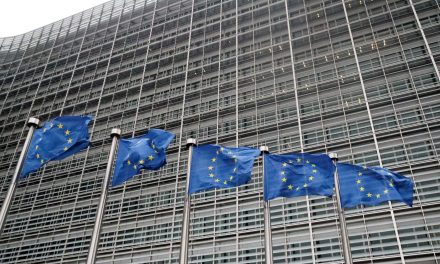This year marks the second anniversary of the Inflation Reduction Act (IRA), an ambitious legislative effort by Congress to stimulate renewable energy projects and meet climate goals. With over $369 billion allocated to catalyze the decarbonization of the U.S. power sector, the IRA has played a key role in driving the country closer to its carbon reduction commitments as outlined in the Paris Agreement.
In the two years since its enactment, the IRA has spurred impressive progress towards reducing the carbon footprint of the U.S. power sector, with a target of 40% reduction by 2030. Despite these strides, challenges persist that need to be addressed to fully leverage the incentives provided under the law.
The IRA provides long-term certainty for tax credits, extending them until at least 2032. This assurance has significantly boosted renewable energy projects, particularly offshore wind projects along the Northeast and Mid-Atlantic coasts, and solar projects in California and Texas. These regions have seen a rapid acceleration of utility-scale solar generation, with Texas on track to double capacity within two years.
Complementing this, the IRA encourages technological neutrality, incentivizing investment in emerging clean energy technologies such as energy storage, clean hydrogen, and offshore wind. By extending tax credits to all clean energy technology, the IRA is fostering innovation and the development of creative solutions to combat climate change.
The carbon capture industry has greatly benefited from the tech-neutrality clause in the IRA. The ability to claim tax credits has led to numerous research projects in Texas, Louisiana, and throughout the Midwest. As a result, even soon-to-be-retired coal plants are exploring carbon capture technology as a potential lifeline.
The provision for local labor incentives in the IRA has also had a positive impact. By making a portion of tax credits available only to organizations that use local labor for clean energy projects, the IRA has incentivized companies to build in areas with existing expertise. This strategy has not only helped transition the workforce but has also made these communities more economically competitive.
Furthermore, the Energy Community Bonus Credits under the IRA have been instrumental in driving renewable energy projects. These incentives have encouraged local communities to actively participate in the transition towards clean energy, fostering a sense of ownership and involvement in the process.
While the IRA has made significant strides in boosting renewable energy projects, there are still hurdles to overcome. The ongoing challenges emphasize the need for continued commitment and innovation in the renewable energy sector. As we mark the second anniversary of the IRA, we remain optimistic about the future of renewable energy in the U.S., confident in the knowledge that we are on the right path towards a cleaner, greener future.
Image Credit: renewable energy world






